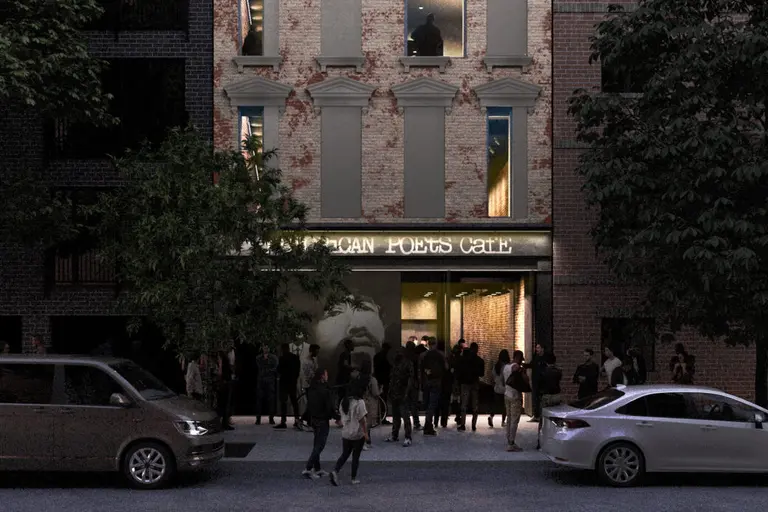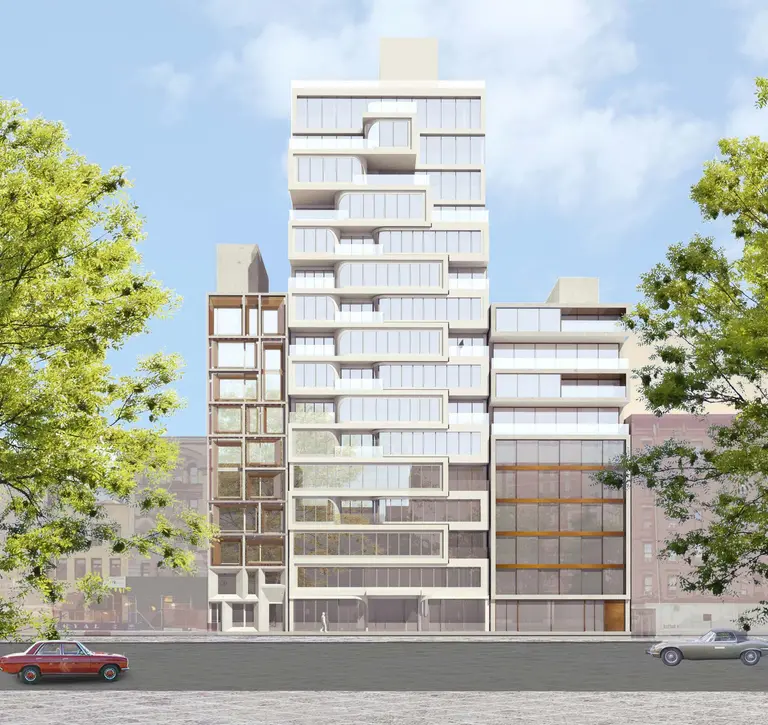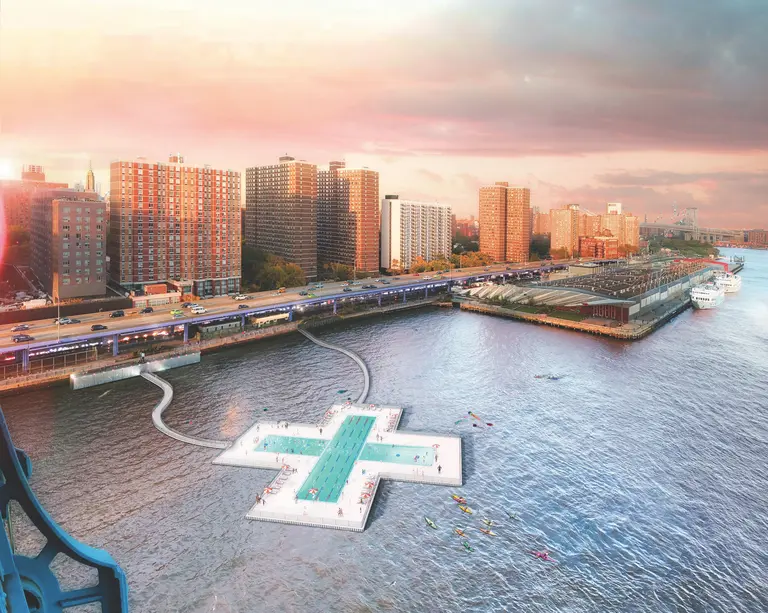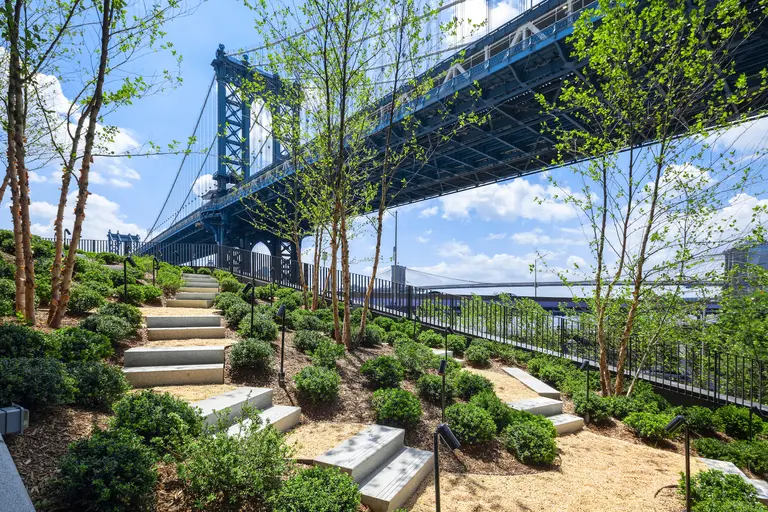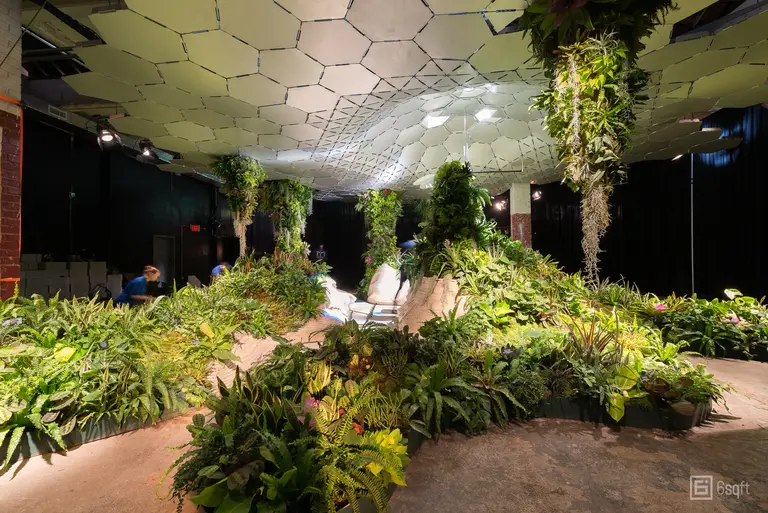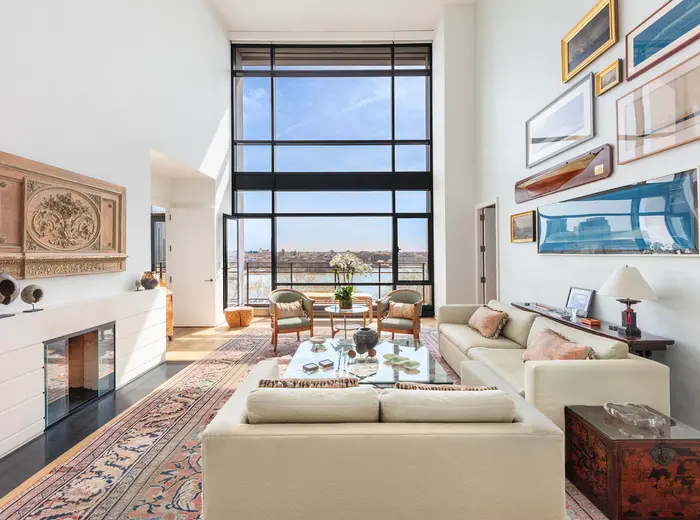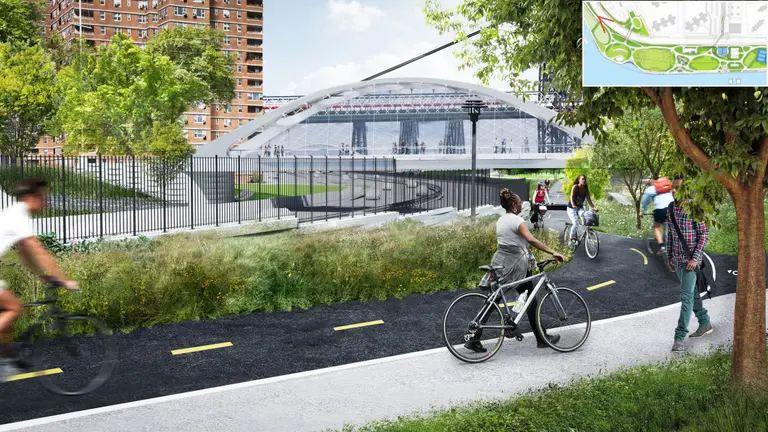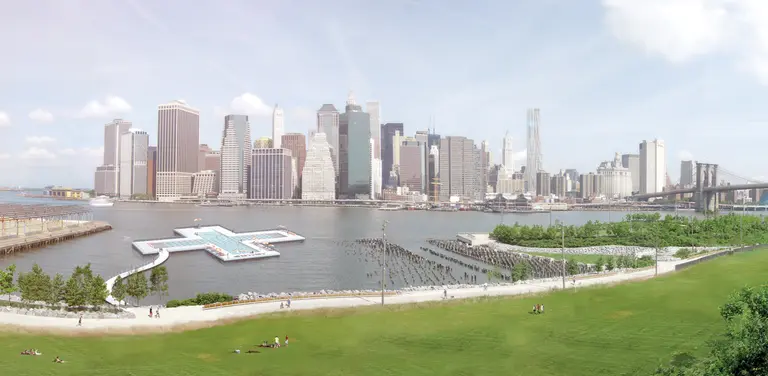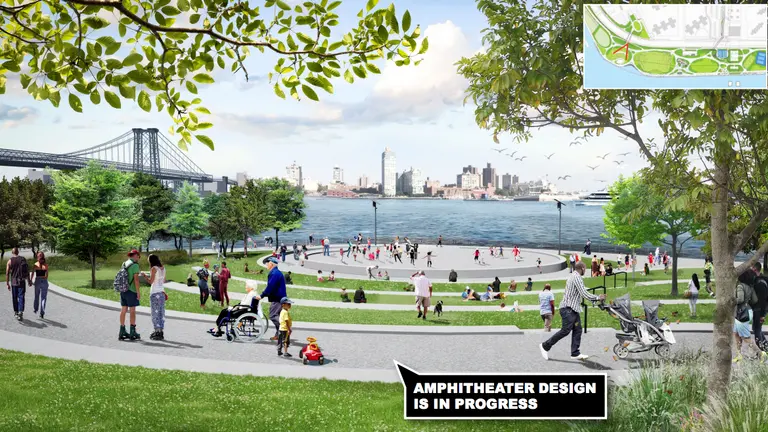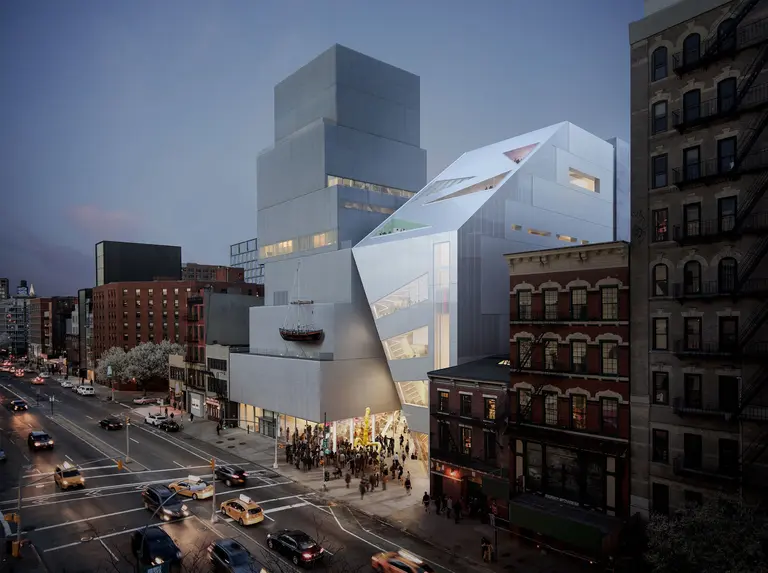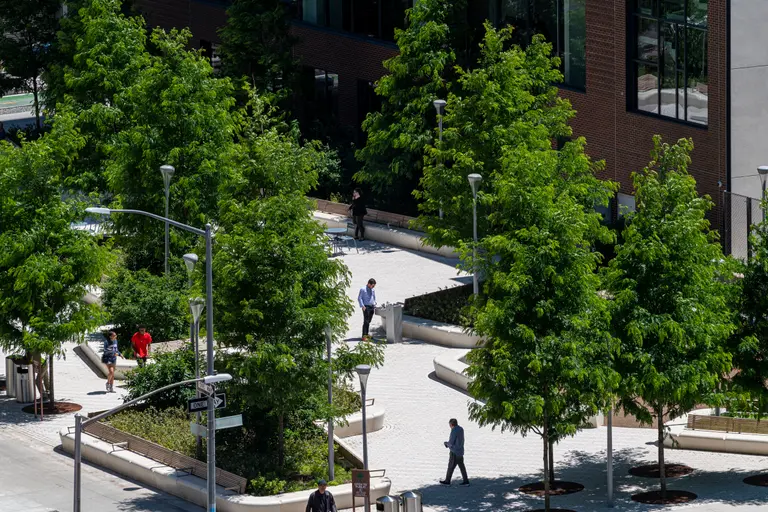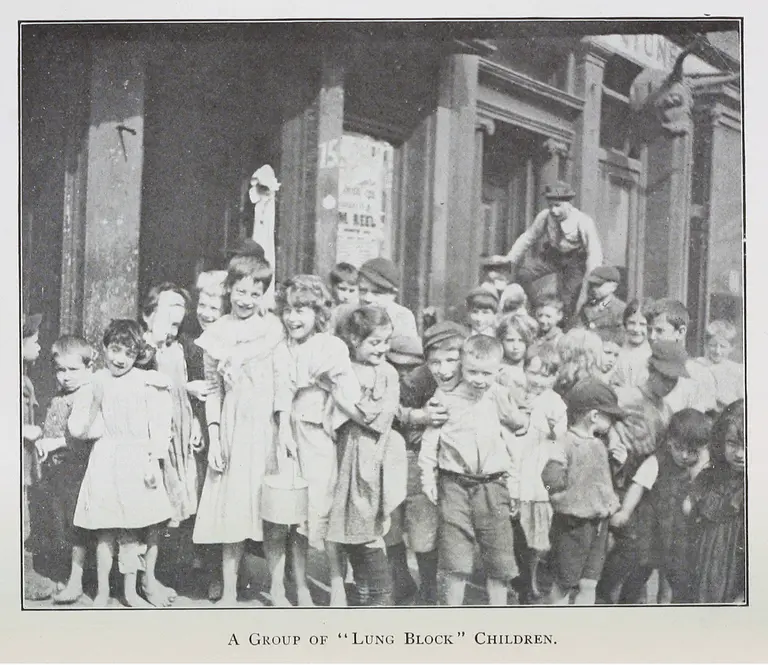Pier 35 eco-park and ‘urban beach’ is open to the public
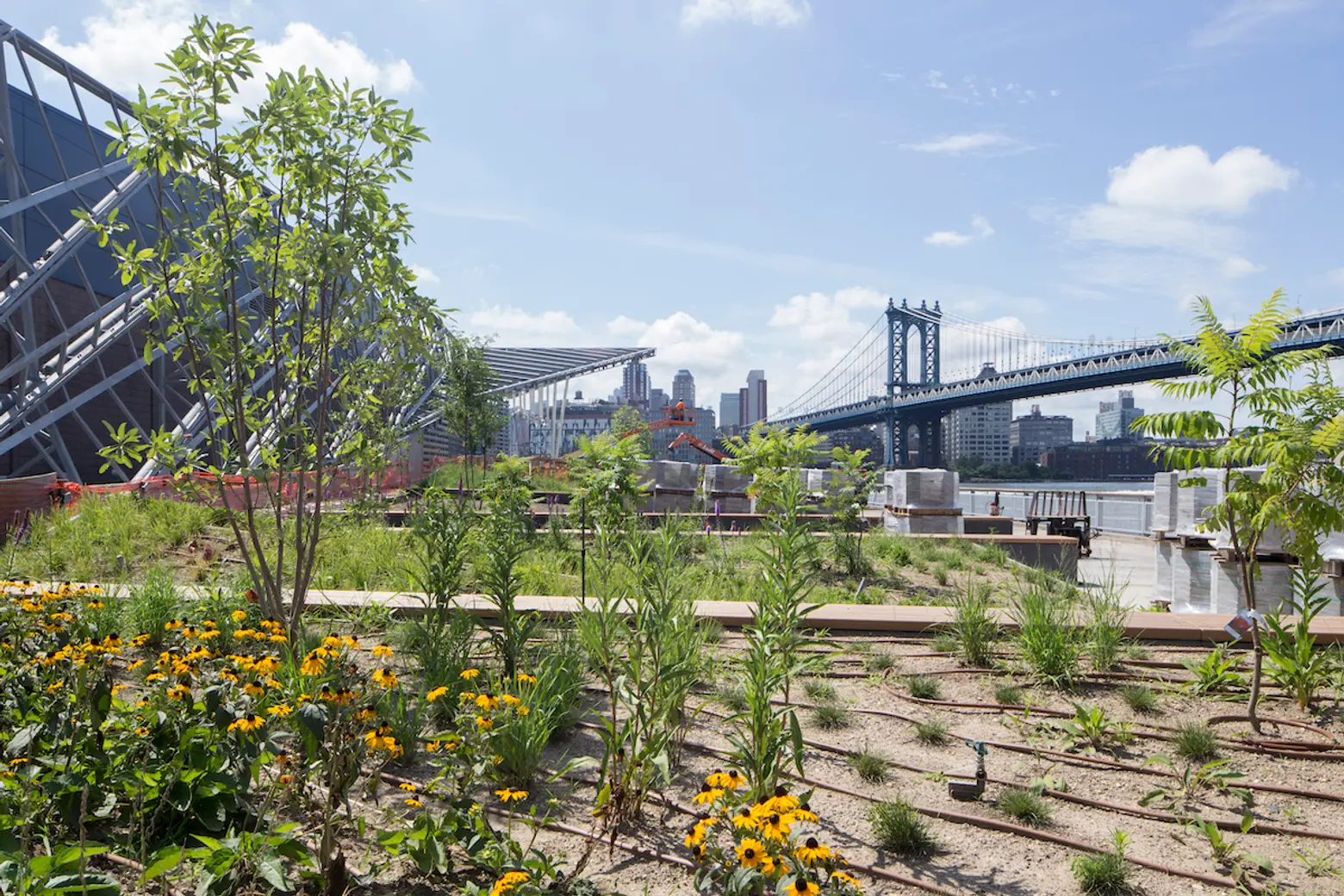
After years of anticipation, Pier 35 on the East River waterfront is officially open (h/t Curbed). The project, designed by SHoP with Ken Smith Workshop, consists of a new eco-park and an “urban beach” anchoring the northern flank of the East River waterfront esplanade and providing much-needed public space on the waterfront. The park also functions as a habitat restoration feature: “Mussel Beach” was created to replicate the characteristics of the original East River shoreline.
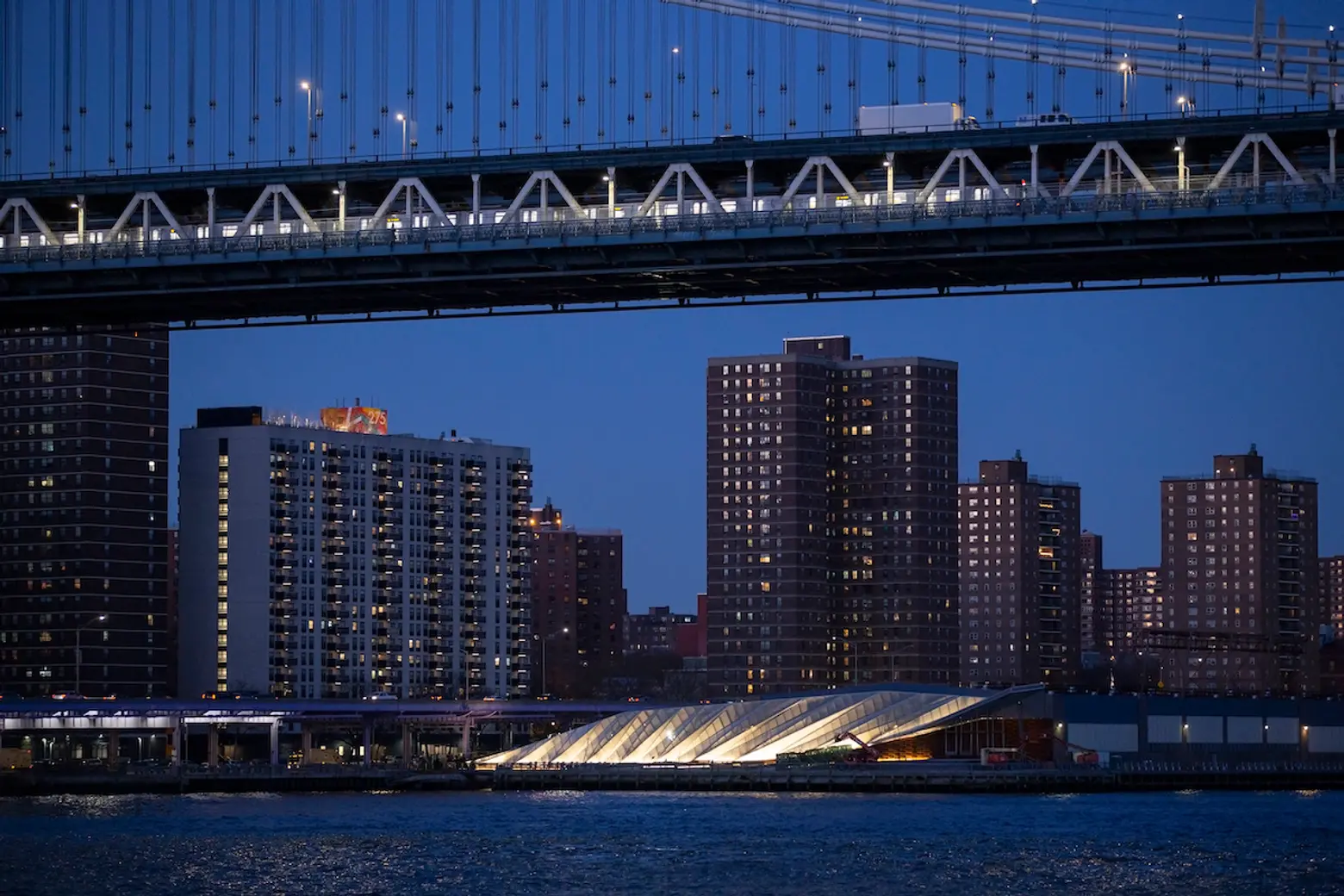
The pier’s folded metal and mesh design shelters a series of landscaped lawns and dunes to create a walkway; a 35-foot-high slanted plant-covered folded screen wall stretches to over 300 feet in length and acts as a city-facing “green billboard” (and camouflages the adjacent Sanitation Department shed at Pier 36). The use of the metal screen and weathered steel wall panels is also a nod to East River’s history as a working waterfront. A raised porch with custom swings offers a public space to enjoy Brooklyn and Manhattan Bridge views.

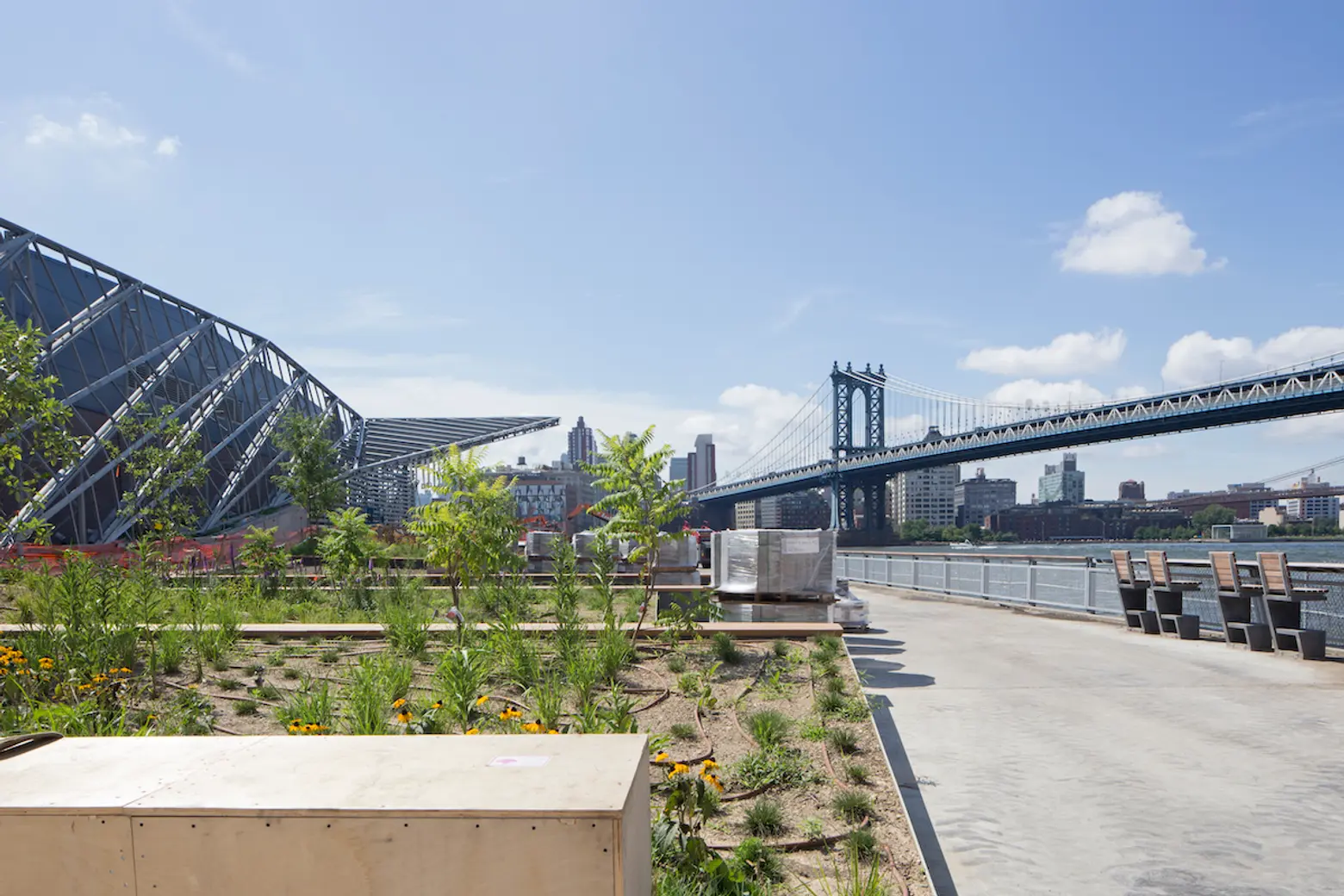
With a grant from the New York Department of State Division of Coastal Resources, a habitat feature was designed specifically for mussels, with sloping concrete surfaces, textures, and rockeries in the tidal zone. The pier’s folded terrain descends into the river to create a gradient of sloping planes that meet the daily rise and fall of the tides.
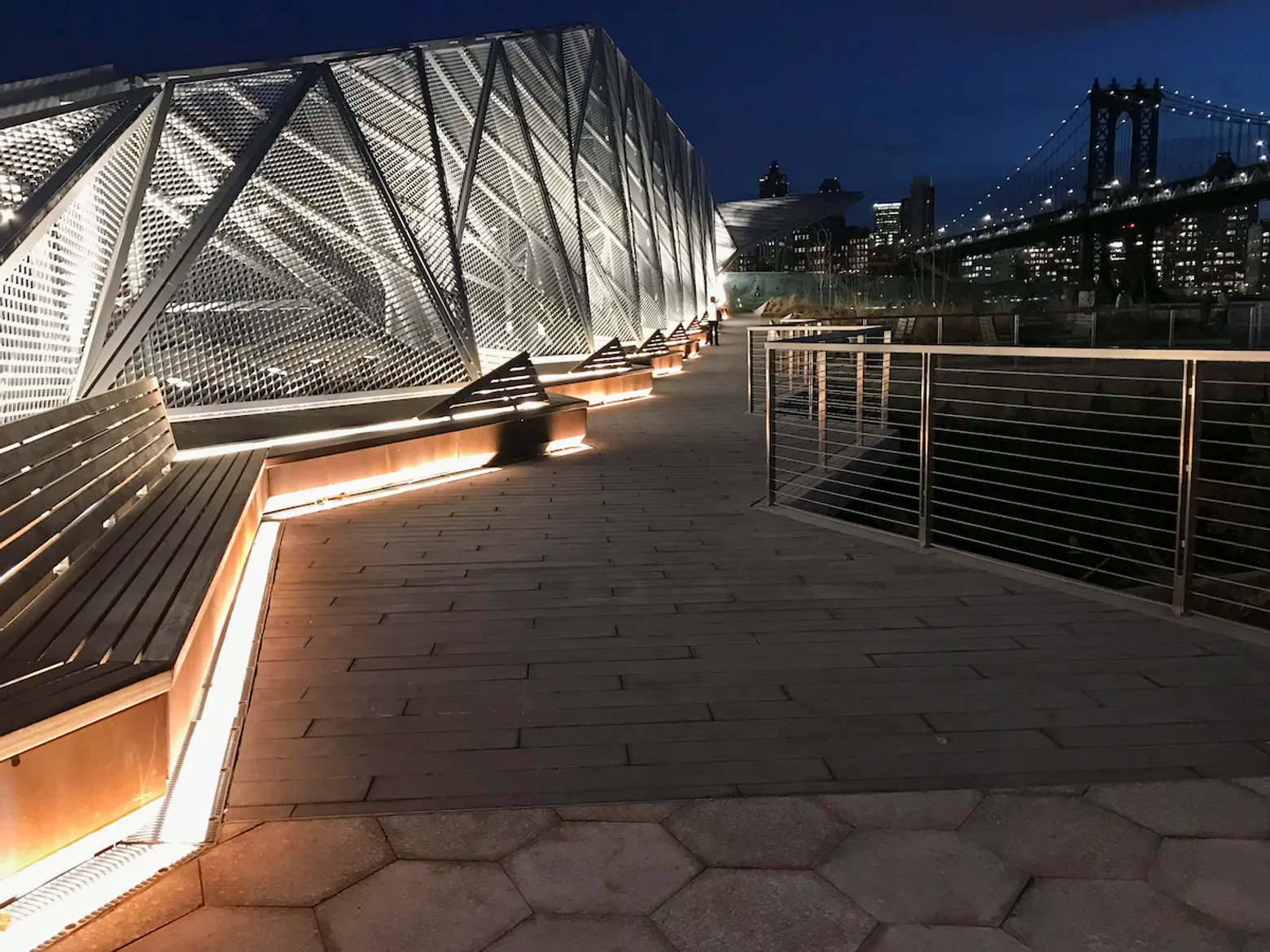

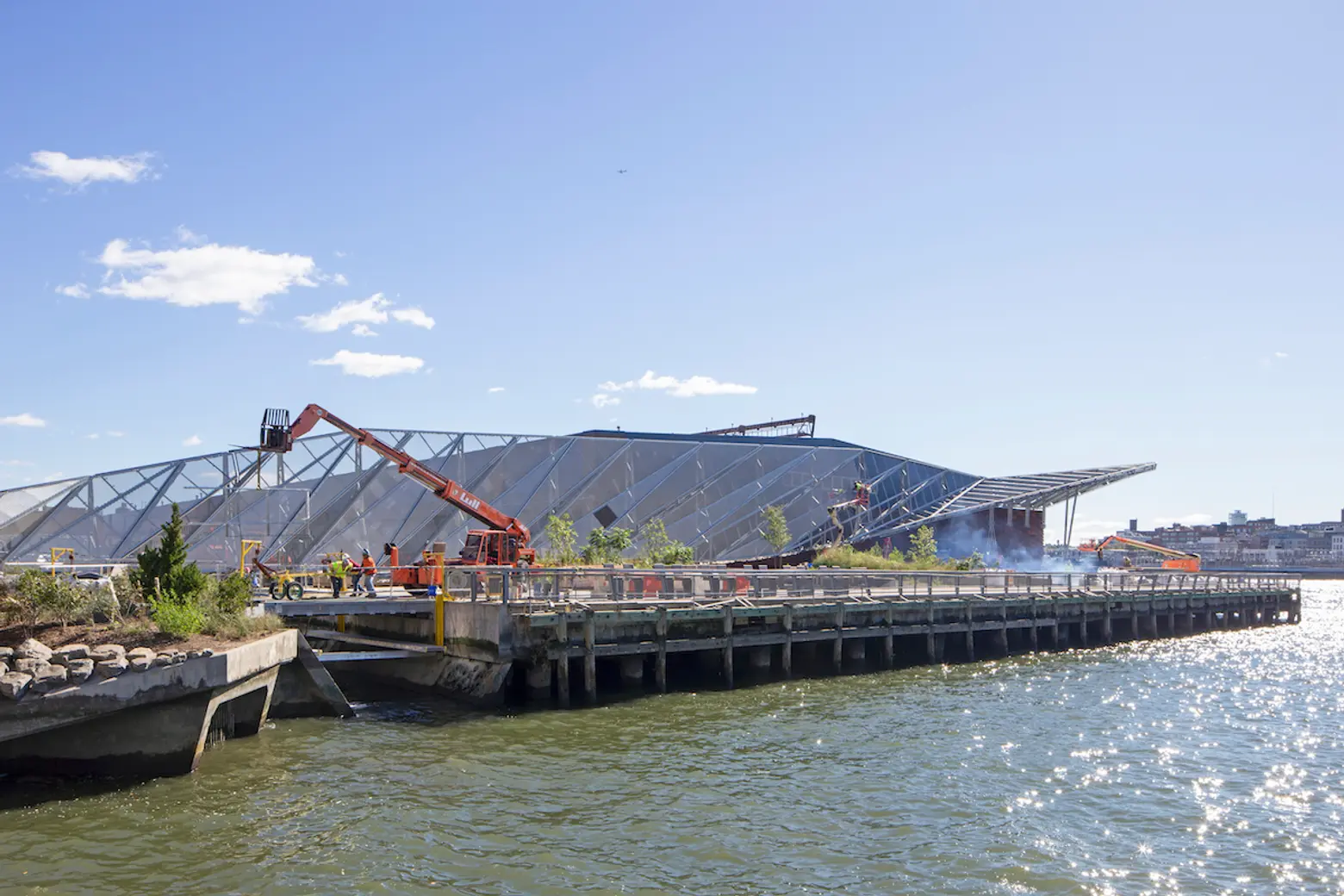
The new design provides a landscaped haven in an often-overlooked section of the East River esplanade. The teams behind the project enlisted community participation throughout its planning phases, incorporating community input and attending more than 70 separate meetings with community boards, tenant associations, civic leaders, maritime experts and elected officials.
RELATED:
- East River Esplanade projects to receive $75M in mayoral funding
- Proposal for gap along East River greenway calls for two wave-like lanes and flexible outdoor rooms
- City will spend $100M on a new esplanade to close the gap along Manhattan’s East River greenway
- ‘Loop NYC’ proposes driverless auto expressways across Manhattan and a 13-mile pedestrian park
Images courtesy of SHoP.
